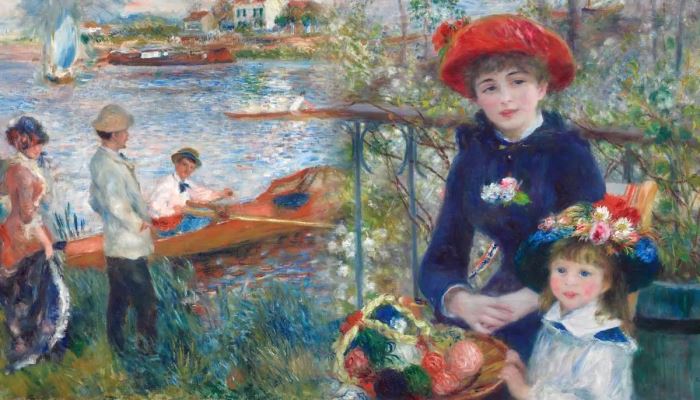Renoir vs. Modern Masters: A Comparative Study

Pierre-Auguste Renoir’s “Luncheon of the Boating Party” is a masterpiece that transcends time, offering a captivating window into the late 19th-century art scene. In this comparative analysis, we delve into Renoir’s unique artistic style by contrasting it with contemporary artworks of the era, shedding light on the distinct features that make this painting an enduring icon.
The Contemporary Impact and Legacy
The influence of Renoir’s work extends far beyond his time. Today, the appreciation of such masterpieces has given rise to high-quality reproductions, paying homage to the original’s historical significance. Noteworthy among these is the meticulously crafted hand-painted Luncheon Of The Boating Party, allowing art enthusiasts to own a piece of this timeless treasure. These reproductions are not mere copies but tributes that capture the essence of Renoir’s vision with attention to detail and color. These reproductions enable art lovers to bring a slice of the late 19th-century artistic brilliance into their homes, ensuring that Renoir’s legacy lives on in contemporary settings.
Renoir’s Embrace of Leisure
One of the striking elements of “Luncheon of the Boating Party” is its portrayal of leisure. Renoir’s depiction of people enjoying a relaxed meal on a balcony overlooking the Seine breaks away from the formal, posed compositions prevalent in traditional art of his time. In contrast, Édouard Manet’s “A Bar at the Folies-Bergère” offers a more structured and aloof atmosphere. Renoir’s preference for candid, lively settings reveals his talent for capturing life in its most authentic form.
The Radiance of Color and Light
Renoir’s use of color and light sets his work apart. Unlike the darker tones favored by some contemporaries, Renoir’s palette is bright and cheerful, reflecting the joyful ambiance of the scene. This play of light is reminiscent of Claude Monet’s “Impression, Sunrise,” yet Renoir infuses his technique with a softer touch, creating intimacy and warmth that is truly unique.
Expressive Brushwork and Spontaneity
Renoir’s brushwork in “Luncheon of the Boating Party” is another distinctive feature. His loose, fluid strokes imbue the painting with a sense of movement and spontaneity. This quality is less pronounced in the works of other Impressionists like Camille Pissarro, giving Renoir’s masterpiece a dreamy, almost ethereal quality that sets it apart.
Masterful Composition and Narrative
The composition of the painting reveals Renoir’s genius. He masterfully arranges the figures to guide the viewer’s eye across the canvas, creating a captivating narrative within the painting. This storytelling aspect is less evident in the works of artists like Gustave Caillebotte, who focused more on architectural precision than on narrative composition.
A Glimpse into Societal Norms
Moreover, “Luncheon of the Boating Party” provides a unique glimpse into the societal norms and leisure activities of the French upper-middle class, a significant departure from the labor-oriented subjects often depicted by contemporaries like Jean-François Millet, who portrayed peasant life.
Conclusion
In conclusion, Pierre-Auguste Renoir’s “Luncheon of the Boating Party” stands as a testament to his unique artistic style within the context of Impressionist art. By comparing it to contemporary artworks, we have highlighted its distinctiveness in subject matter, use of color and light, brushwork, and composition. Beyond capturing a moment in time, this masterpiece continues to inspire and influence, as evidenced by the demand for its meticulously crafted reproductions. Renoir’s work remains a vibrant link connecting the past and present, inviting enduring admiration and ongoing study.



